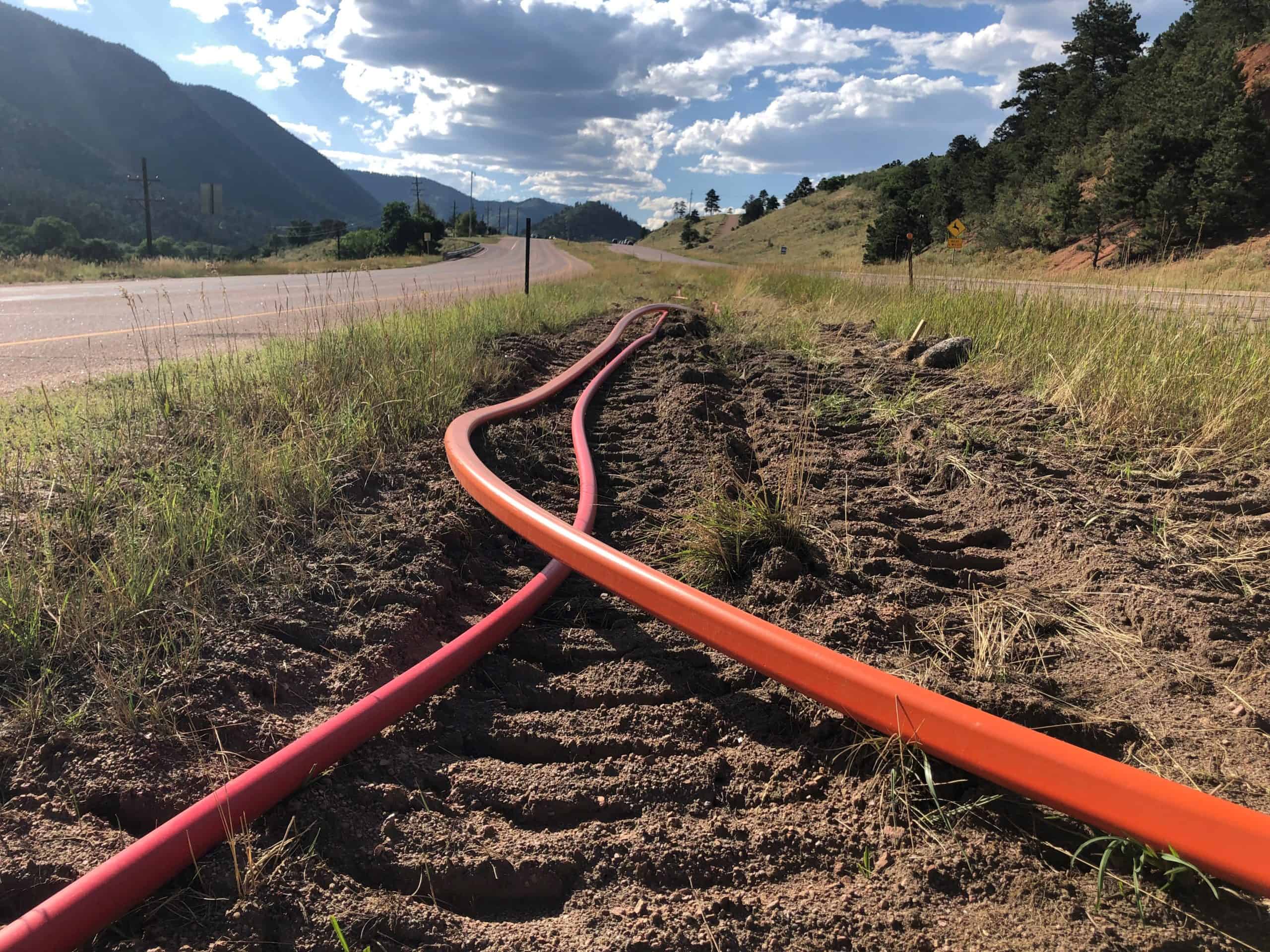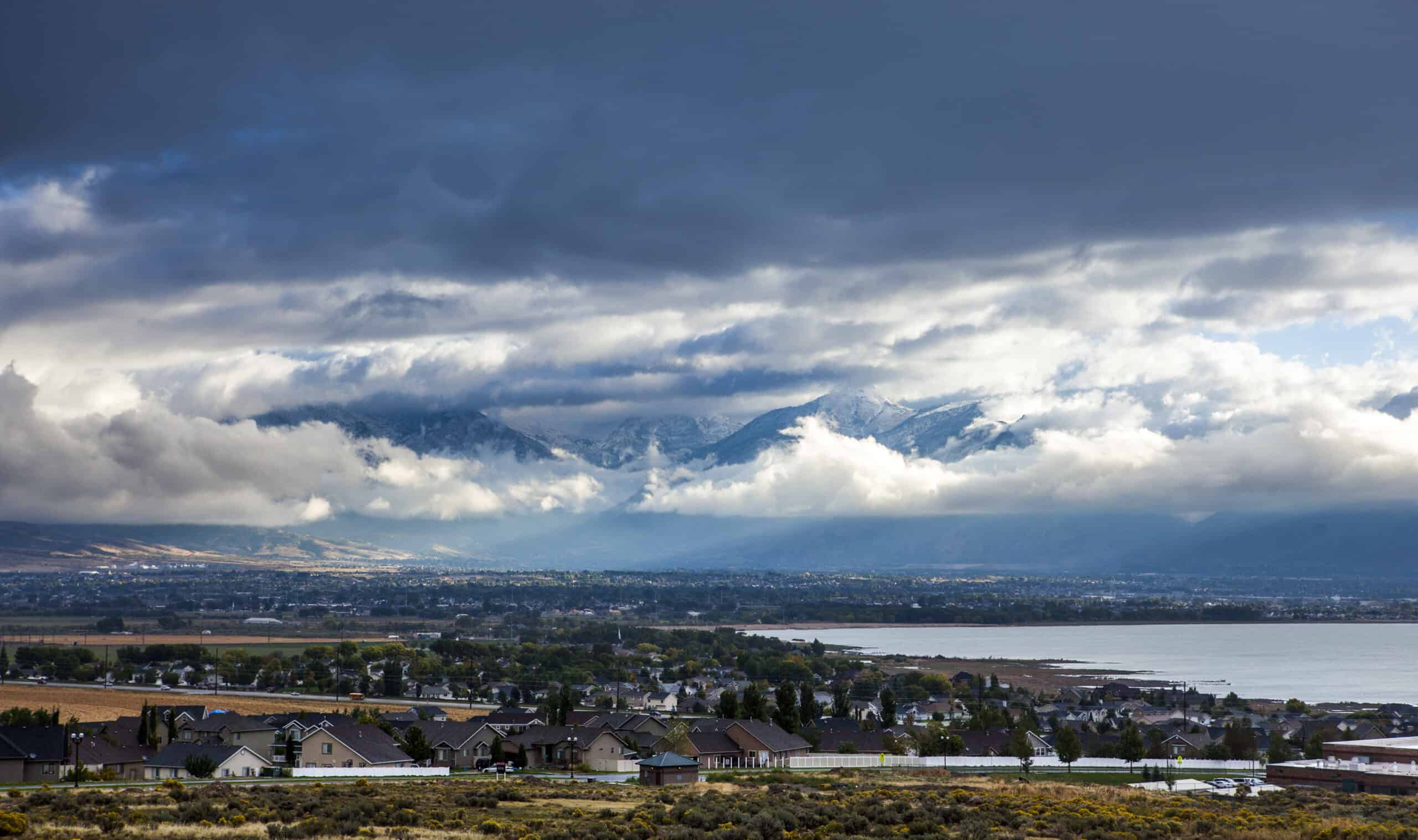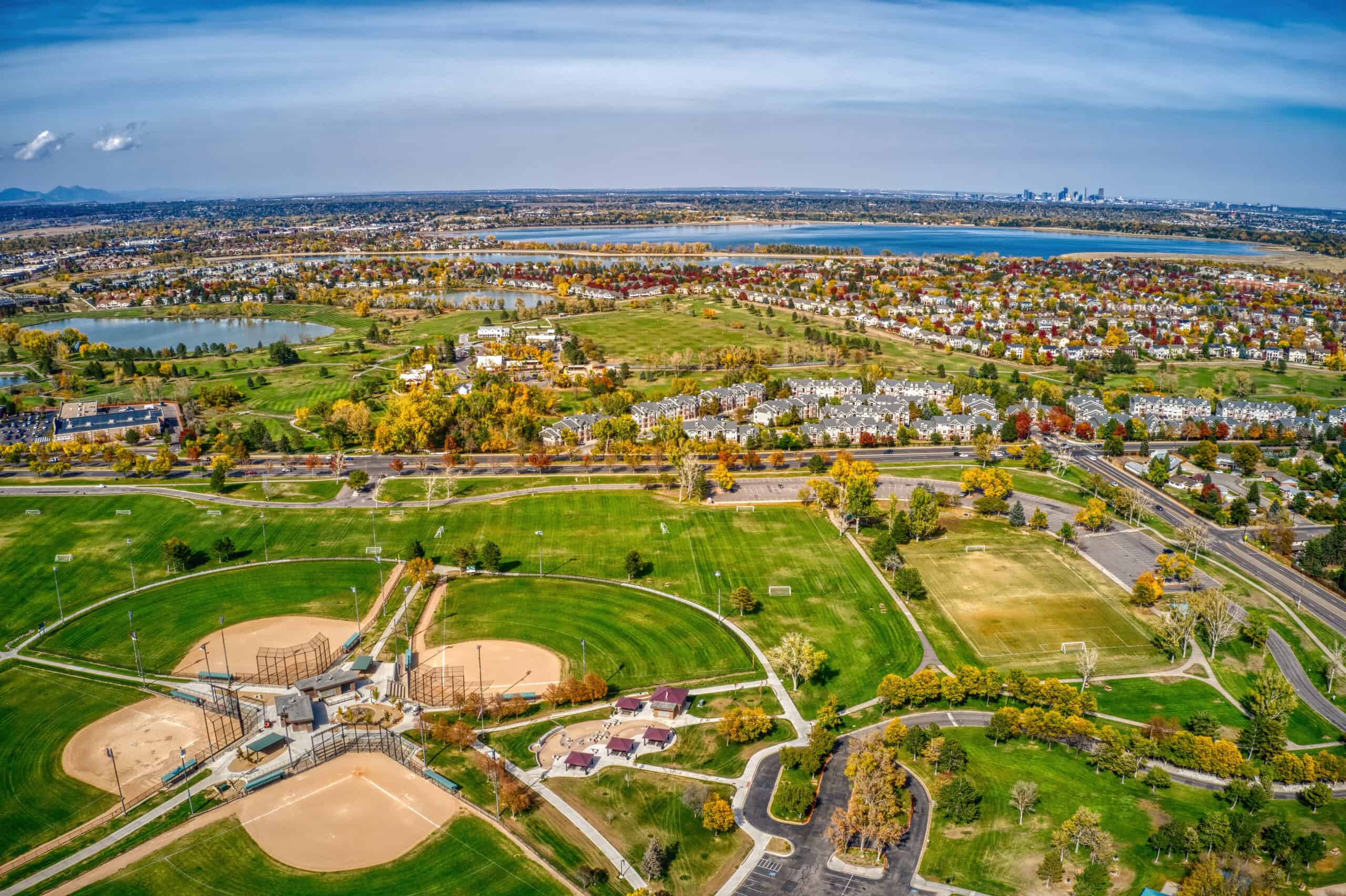
Underline Infrastructure - Intelligent Community Infrastructure Planning + Design
- Private Sector
- Private Utilities
Market
- Broadband
- Private + ISP
Services
- National
Locations
Underline Infrastructure Services, LLC (Underline) — a company bringing innovative network infrastructure to the market — chose Colorado Springs as its first buildout in the United States. Underline engaged HR Green to provide fiber network planning and design services, as well as to advise on the community’s political environment.
Due to its previous work in the El Paso County market, Underline chose HR Green to leverage Underline’s terrestrial-based LidAR mapping to complete preliminary, high-level design, which helped the company complete its planning and cost modeling analyses. HR Green also assisted in opening discussions with community leaders to gauge the local appetite for Underline’s planned deployment.
Phase I of Underline’s multi-year build plan is in the process of completion, and Underline is currently connecting customers, including in the downtown urban core.
The Underline network delivers an unprecedented experience to every client segment: residential, small business, Enterprise, public sector, and Utilities. The network provides a direct fiber connection to each endpoint ultra-fast and reliable connections, with the speeds as advertised. In addition, the Software Defined Network technology and proprietary software layer allows customers to switch—at will—between multiple ISPs and opens the marketplace to additional kinds of service providers.
HR Green is continuing to support Underline as it deploys its intelligent infrastructure in Fountain, just south of Colorado Springs, and the company is looking at additional Colorado markets as well as other communities across the country. The result is that more than 100,000 customers in El Paso County are scheduled to receive fiber gigabit+ to their homes and businesses.




